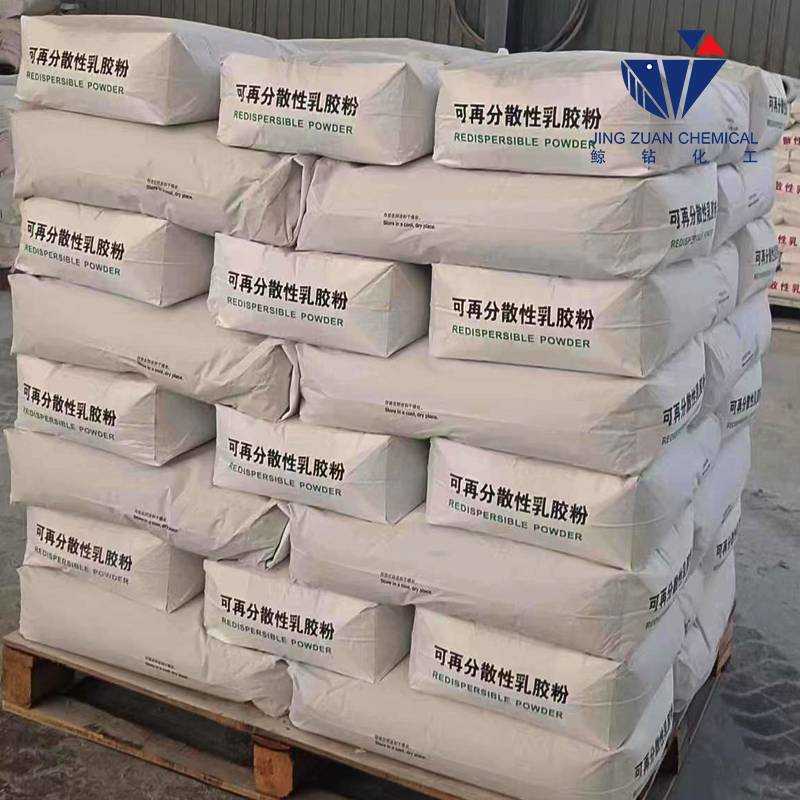
Srp . 11, 2024 19:36 Back to list
Exploring the Benefits and Applications of HPMC in Gypsum Plaster Formulations and Enhancements
HPMC for Gypsum Plaster Enhancing Performance and Versatility
Hydroxypropyl Methylcellulose (HPMC) has emerged as a fundamental component in the formulation of gypsum plaster. With its unique properties, HPMC significantly enhances the performance characteristics and versatility of gypsum-based products, making it a preferred choice for construction professionals and manufacturers.
Gypsum plaster, a swift-setting material derived primarily from gypsum rock, is widely utilized for interior finishing and wall applications due to its smooth finish and ease of application. However, to optimize its performance, especially in terms of workability, adhesion, and drying time, the inclusion of additives like HPMC has become increasingly common.
Improved Workability
One of the premier advantages of incorporating HPMC into gypsum plaster is its ability to improve workability. HPMC acts as a thickening agent, enhancing the viscosity of the plaster mix. This results in a paste that is easier to apply and spread while minimizing the risk of sagging during application. Professionals can achieve a more uniform and even layer, which is essential for both aesthetic and structural purposes. The improved workability allows for longer open time, giving applicators more flexibility to work with the product without rushing.
Enhanced Adhesion
The adhesion properties of gypsum plaster are crucial for ensuring long-lasting performance in wall applications. HPMC enhances the adhesive capabilities of gypsum plaster by increasing its bond strength with substrates. This characteristic is particularly beneficial when applying plaster to challenging materials or surfaces that typically resist adhesion. The improved bond helps prevent peeling or flaking, making structures more durable and reliable over time.
Optimized Water Retention
hpmc for gypsum plaster

Another critical aspect of HPMC is its ability to improve water retention within the plaster mix. This feature is vital, as gypsum plaster requires adequate moisture levels during the curing process to achieve optimal strength. HPMC’s water-retaining properties help maintain moisture longer, allowing for a more thorough hydration of gypsum particles. This not only enhances the plaster’s mechanical properties but also reduces the likelihood of cracks forming due to premature drying.
Reduction of Shrinkage and Cracking
One of the challenges in working with gypsum plaster is the potential for shrinkage and cracking during the curing process. By integrating HPMC, manufacturers can mitigate these issues. The improved hydration and the gel-like structure formed by HPMC help create a more stable environment for the set plaster. As a result, the risk of cracks is significantly reduced, leading to a smoother finish and enhancing the overall quality of the installation.
Versatility in Applications
The incorporation of HPMC in gypsum plaster also contributes to its versatility, allowing for a range of applications across different construction environments. Whether for residential, commercial, or industrial projects, HPMC-modified gypsum plaster can be tailored to meet specific performance requirements, including fire resistance, water resistance, and thermal insulation properties.
Conclusion
HPMC has transformed the landscape of gypsum plaster formulations, providing numerous benefits that elevate the performance of this essential construction material. From improved workability and adhesion to enhanced water retention and reduced cracking, the inclusion of HPMC ensures that gypsum plaster meets modern construction demands. As the building industry continues to evolve, HPMC will likely remain a key ingredient in the formulation of high-performance gypsum-based products, fostering innovation and success in construction projects worldwide.
-
Unlocking the Benefits of HPMC Products: A Gateway to Versatile Applications
NewsAug.07,2025
-
Unleashing the Potential of HPMC Ashland: A Comprehensive Look
NewsAug.07,2025
-
Tile Bonding Cellulose: The Key to Superior Adhesion and Durability
NewsAug.07,2025
-
Hydroxypropyl Methylcellulose Powder: The Versatile Component in Modern Pharmaceuticals
NewsAug.07,2025
-
Hydroxyethyl Cellulose: The Versatile Solution for Various Industries
NewsAug.07,2025
-
Hydroxyethyl Cellulose (HEC): The Versatile Polymer for Various Applications
NewsAug.07,2025







